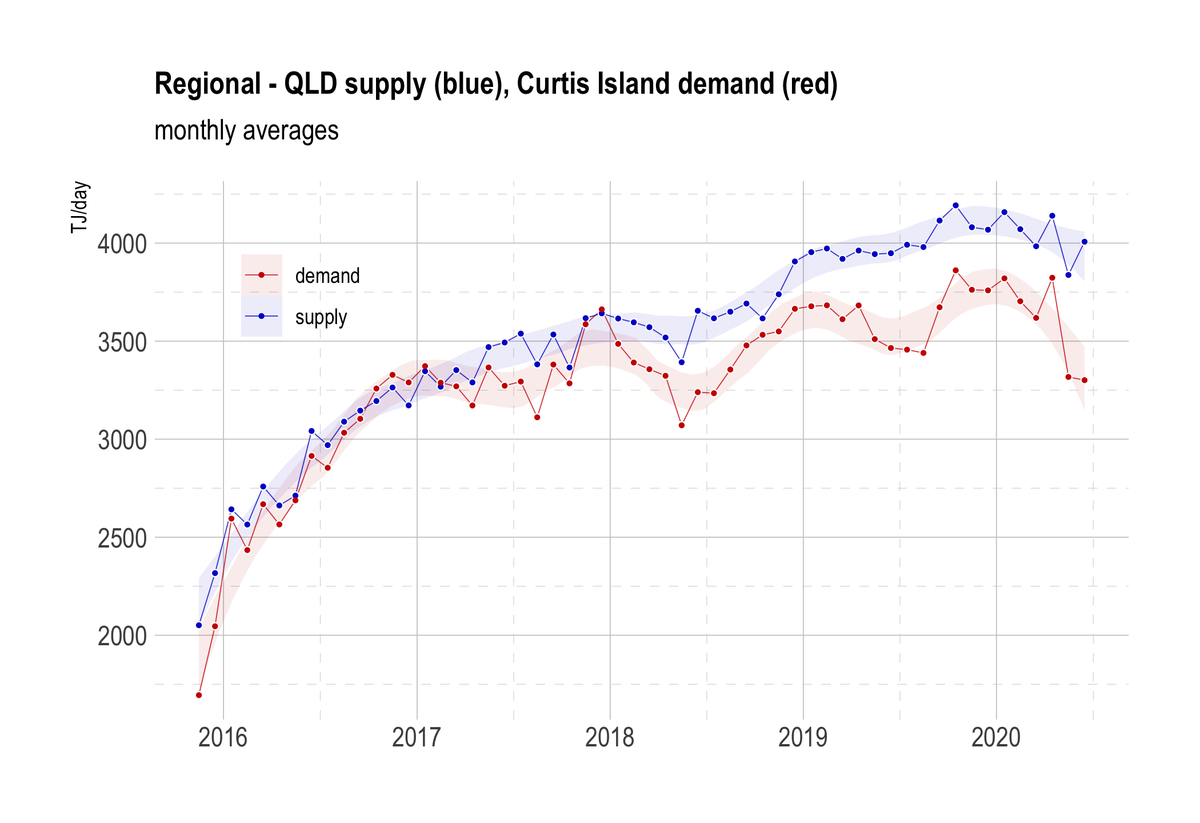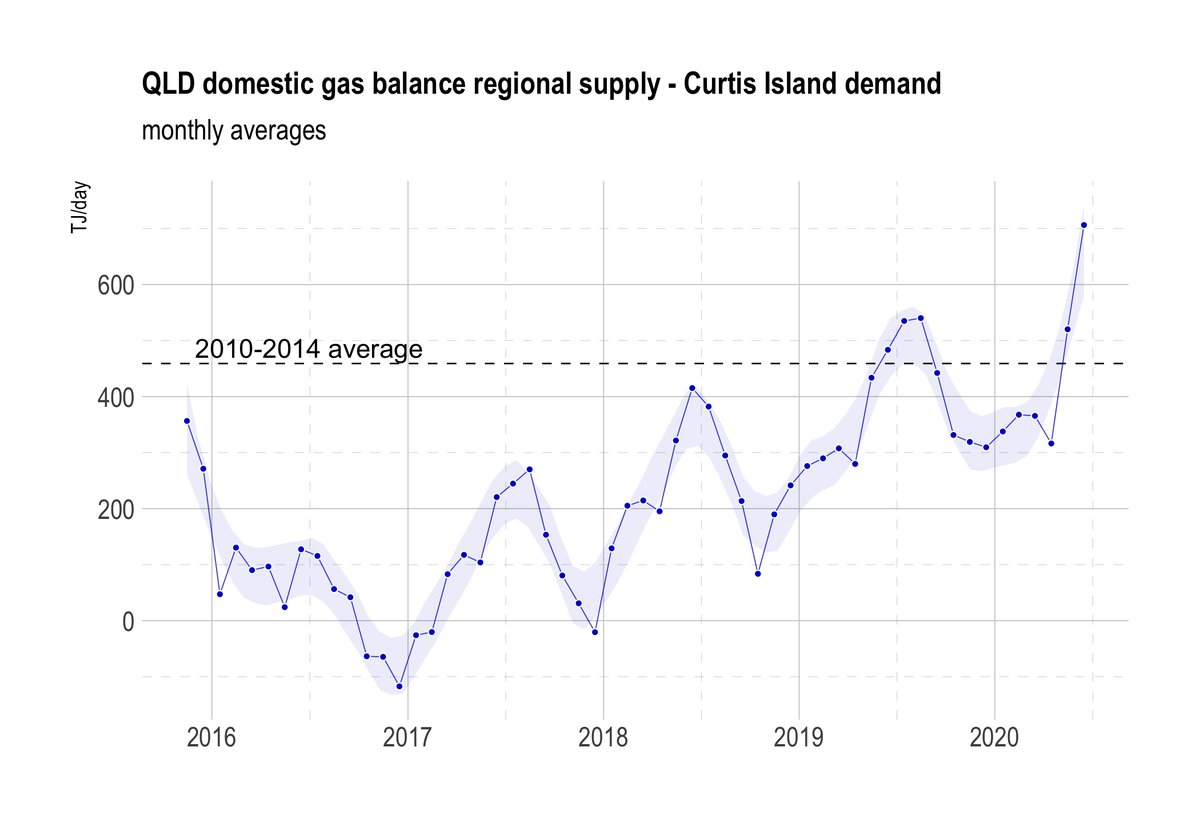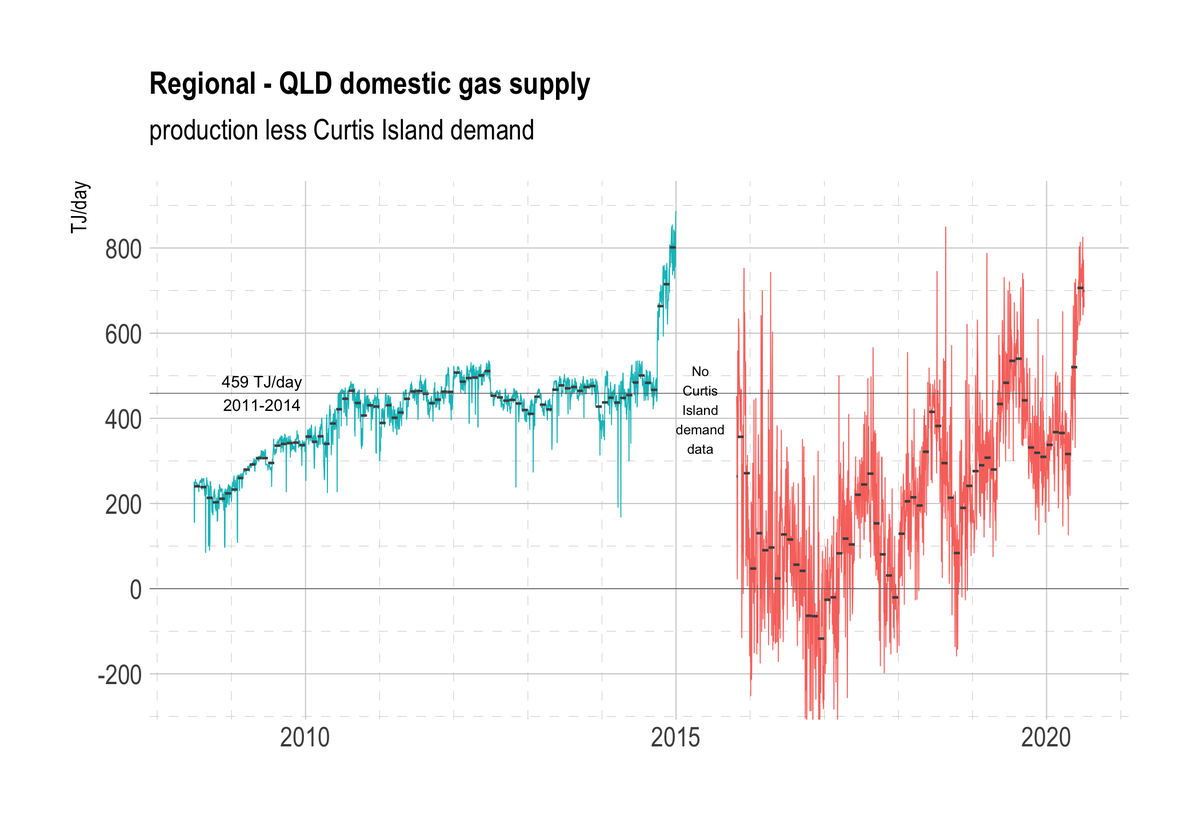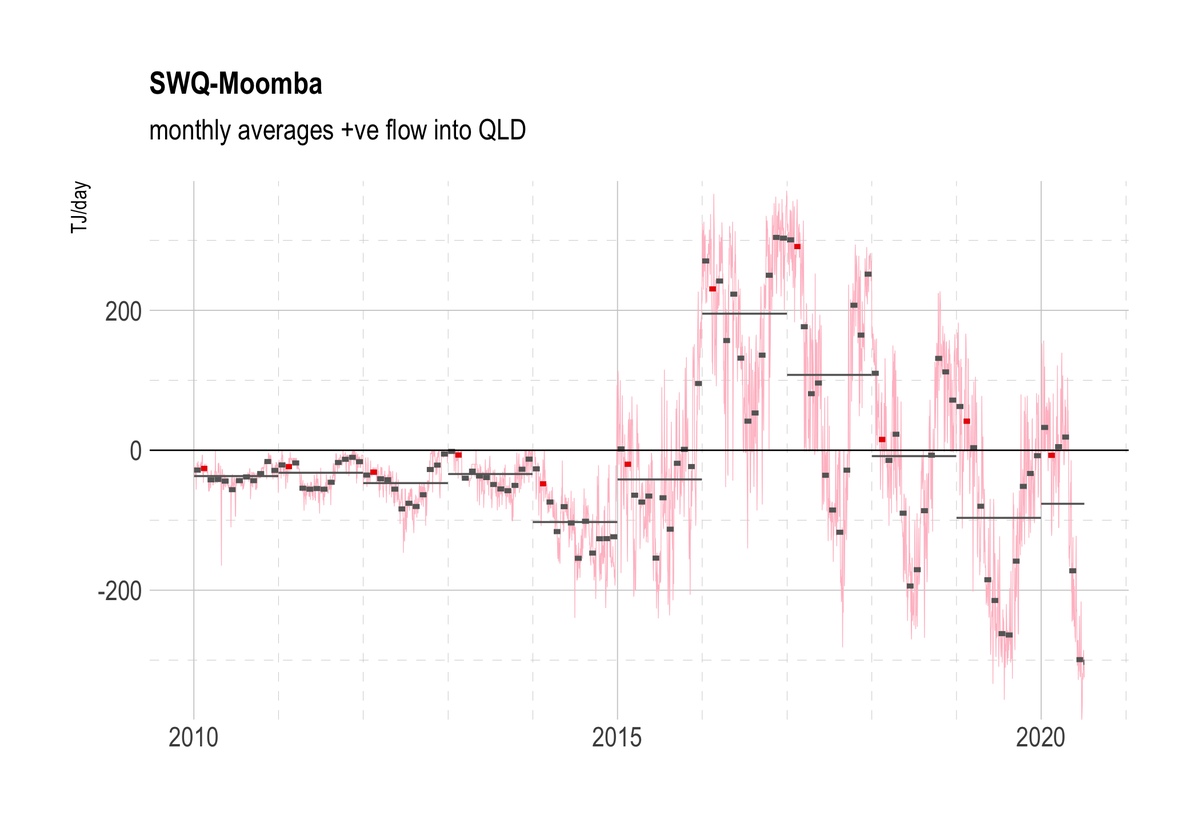"from little things big things grow"
Here's a question for @simonahac and others, with a new take on realising ambition.
How much do we each have to contribute in the here and now to meeting our #zerocarbon2050 ambition of zero fossil emissions?
Here's a question for @simonahac and others, with a new take on realising ambition.
How much do we each have to contribute in the here and now to meeting our #zerocarbon2050 ambition of zero fossil emissions?

With current global fossil fuel use at about 1700 Litres of oil equivalent for each and every person this year, the challenge is to each reduce our consumption by about 60 LOE, year on year for 30 years.
So our challenge for 2020 is a reduction of about one tank of petrol. Of course, on a per family basis it goes up depending on the size fo your family, and if you happen to be Australian you can double that (or more) because of (y)our much higher than average fossil fuel use.
While it gets more challenging year on year, the graphic shows that little things matter, and that we can make meaningful headway immediately by simply reducing our consumption by what is effectively a trivial amount.
as Paul Kelly says ...
as Paul Kelly says ...
• • •
Missing some Tweet in this thread? You can try to
force a refresh


















